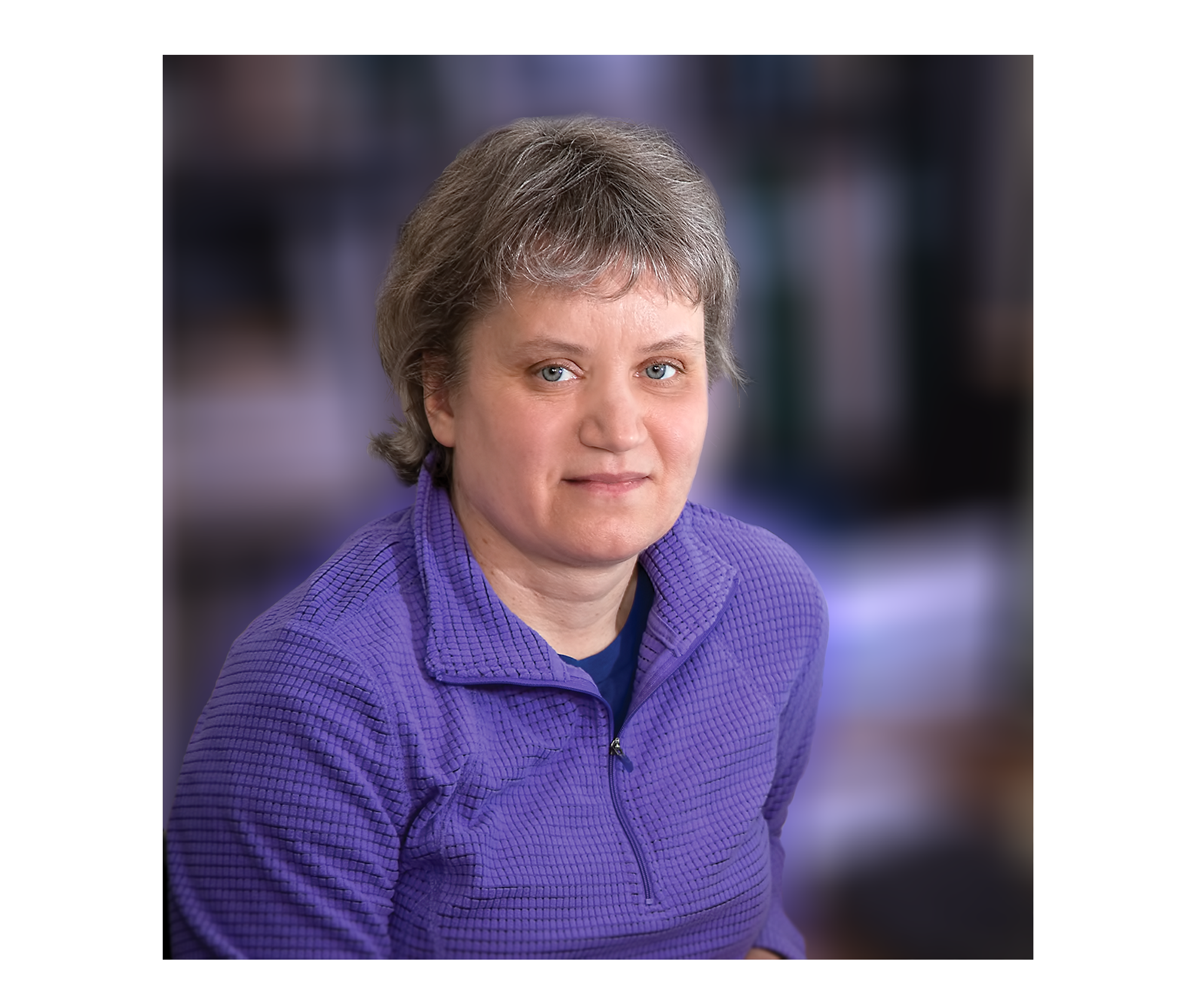Elena Belova, a principal research physicist whose work has advanced key areas of fusion research in the U.S. Department of Energy’s (DOE) Princeton Plasma Physics Laboratory (PPPL), has been elected a 2020 Fellow of the American Physical Society (APS). The APS annually recognizes as fellows no more than one-half of one percent of its more than 55,000 worldwide members.
“I am honored to be chosen as an APS fellow,” said Belova, a 23-year member of the Theory Department, “It is good to know that my work is being appreciated and recognized. I am also most grateful to those friends and colleagues from the Lab and wider plasma physics community who supported me over years. This achievement wouldn’t be possible without them. It also made me remember [former PPPL Director] Ron Davidson, who was the best person and mentor.”
Outstanding contributions
The APS cited Belova for her, “outstanding contributions to the development of novel numerical and theoretical models leading to improved understanding of the behavior of highly energetic particles and associated plasma instabilities in compact tori and spherical tokamaks.”
Belova’s wide-ranging research interests extend from development of hybrid algorithms for modeling fusion plasmas to simulating field-reversed configurations, one of the alternative fusion concepts, and investigating plasma instabilities called Global and Compressional Alfven Eigenmode (GAE and CAE) that have important implications for efficiency of plasma heating on the National Spherical Torus Experiment (NSTX).
Theoretical and experimental researchers around the world are seeking ways to replicate on Earth fusion, the power that drives the sun and stars, for a virtually inexhaustible supply of energy to generate electricity. Theorists create computer models of fusion reactions that combine light elements in the form of plasma, the state of matter composed of free electrons and atomic nuclei. Experimenters test the models to see if they are accurate.
“Elena is one of the pioneers in developing hybrid simulation codes in fusion and space plasmas,” said Amitava Bhattacharjee, head of the Theory Department. “The techniques she developed for these codes, which treat kinetic ion dynamics fully and electrons as a fluid, are now imitated in other sub-fields. She combines excellent analytical and computational skills with keen physical insight — an unbeatable combination that has enabled her to produce impactful results for experiments in academia, national laboratories, and industry. Her APS Fellowship is a fitting sequel to the early recognition of her promise by the Katherine Weimer award.”
Since becoming a principal research physicist in 2008 Belova has delivered nine invited presentations at workshops and conferences around the world in addition to contributing to over 20 peer-reviewed journal publications. She leads the Energetic Particle Group in PPPL’s Theory Department and since 2018 has been an associate editor of Physics of Plasmas.
Belova and her husband, Alex Khrabrov, also a physicist, immigrated to the U.S. in 1992. She earned her doctorate in plasma physics from Dartmouth College in 1997 and joined PPPL as an associate research physicist the same year. She became the second woman physicist in the Theory Department and in 2005 received the Katherine E. Weimer Award for Women in Plasma Physics — a national recognition named for the first woman theorist at PPPL.
Public-private collaboration
Her recent work includes simulations of GAE instabilities on the upgraded NSTX, and partnering with TAE Technologies, a private developer of fusion energy, to use the advanced HYM code she developed to explore the behavior of FRC plasmas. Sponsoring her collaboration with the private company has been the Innovation Network for Fusion Energy (INFUSE) program that the DOE launched last year.
Belova is a mentor of Princeton University undergraduate and graduate students. Earlier this year she gave an undergraduate her HYM code to study the stability of a spheromak compact torus for his senior thesis. The student applied the code and fusion concept to solar physics, checking a newly proposed mechanism of energy accumulation and release from the sun in the form of x-ray jets. “That was quite interesting work, and a new application for the code,” she recalled.
Another advisee was a graduate student who in April became the first doctoral candidate at Princeton to defend his thesis on the Zoom videoconference platform. “That was a milestone,” said Belova, who has accomplished many milestones of her own.
PPPL, on Princeton University’s Forrestal Campus in Plainsboro, N.J., is devoted to creating new knowledge about the physics of plasmas — ultra-hot, charged gases — and to developing practical solutions for the creation of fusion energy. The Laboratory is managed by the University for the U.S. Department of Energy’s Office of Science, which is the single largest supporter of basic research in the physical sciences in the United States and is working to address some of the most pressing challenges of our time. For more information, visit energy.gov/science.
